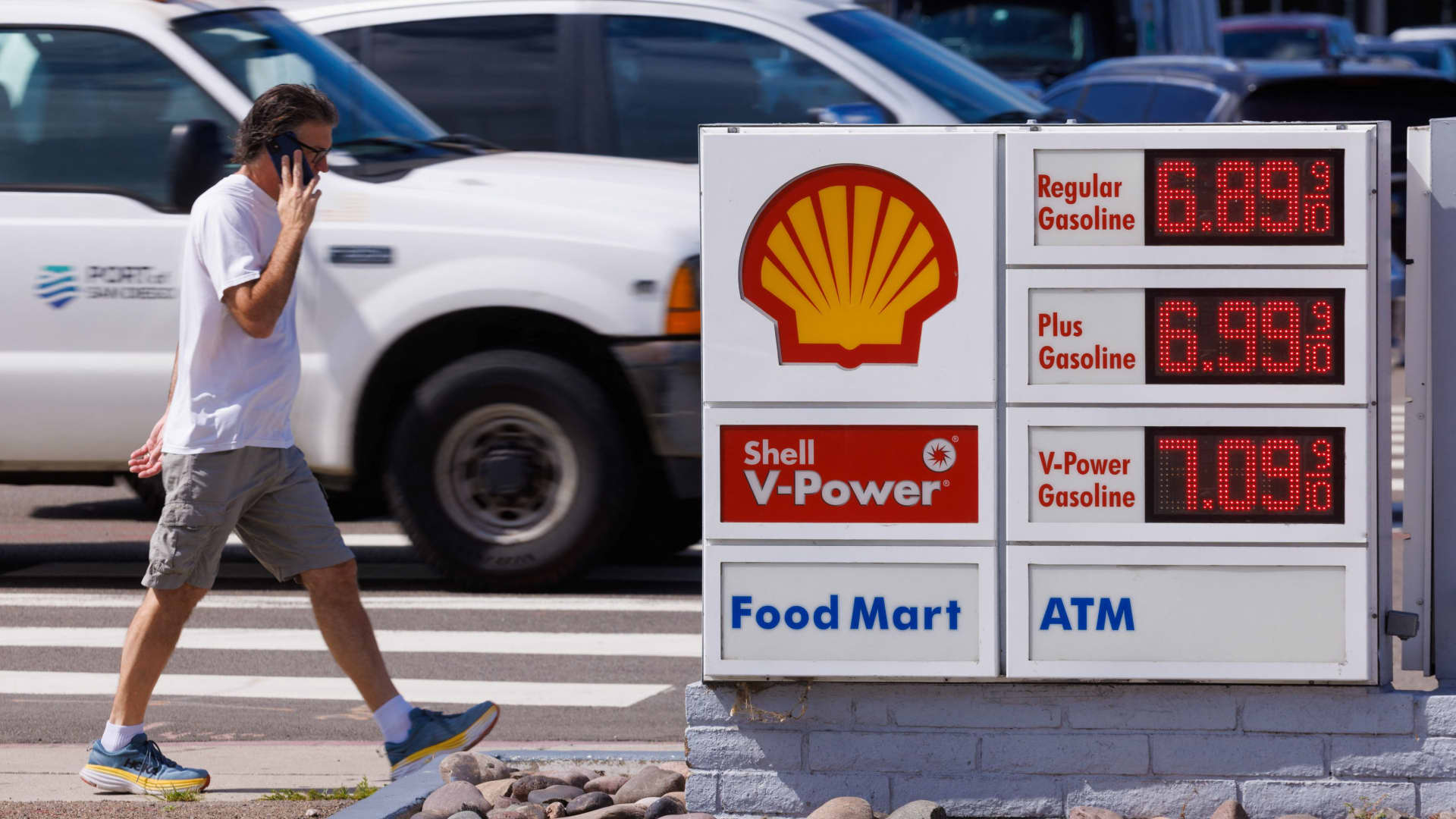An economic indicator the Federal Reserve favors as an inflation gauge rose less than expected in August, showing that the central bank’s fight against higher prices is making progress
The personal consumption expenditures price index excluding food and energy increased 0.1% for the month, lower than the expected 0.2% gain from the Dow Jones consensus of economists, the Commerce Department reported Friday. On a 12-month basis, the annual increase for core PCE was 3.9%, matching the forecast.
That was the smallest monthly increase since November 2020.
Along with the modest inflation gain, consumer spending rose 0.4% on a current-dollar basis. That was down sharply from 0.9% in July. In real terms, spending was up just 0.1% after rising 0.6% in July.
Including food and energy, headline PCE increased 0.4% on the month and 3.5% from a year ago. Headline inflation has been creeping higher in recent months after hitting 3.2% in June.
Though it’s one of many inputs the Fed uses to measure inflation, the PCE index is considered particularly valuable because it accounts for shifts in consumer behavior, such as substituting lower-priced goods for more expensive items. In that way, it provides a better cost-of-living snapshot than the more widely followed consumer price index, which measures costs without regard to substitution.
The core PCE was the first sub-4% year-over-year reading in nearly two years and a decrease from the 4.3% July reading.
“The Fed must be pleased with the overall direction of the PCE report, but declaring victory on quelling inflation would be premature,” said Quincy Krosby, chief global strategist at LPL Financial.
Inflation on the month was largely driven by energy costs, which accelerated 6.1%, according to Friday’s reading. Food prices increased 0.2%. On an annual basis, energy was down 3.6% while food increased 3.1%.
The Fed targets inflation at 2% as indicative of a healthy growth rate for the economy. Core PCE was last at that level in February 2021.
The central bank has been raising interest rates aggressively since March 2022, though it elected to skip the September meeting as it weighs the impact of a dozen hikes totaling 5.25 percentage points. Markets largely expect that the Fed is done raising rates, though officials at last week’s meeting indicated that one more quarter-point increase is likely before the end of the year.
Since the meeting, several Fed officials have said that they expect interest rates to stay elevated for an extended period of time.
However, market-based probabilities for future rate hikes dimmed following the report.
Traders now assign just a 15% probability for a November increase, down from 27.5% a week ago, according to the CME Group’s tracker of fed funds futures market pricing. Odds for a December increase fell to about 31%, compared to more than 42% a week ago.
